-
 Bitcoin
Bitcoin $76,896.9922
-2.49% -
 Ethereum
Ethereum $1,473.1976
-5.32% -
 Tether USDt
Tether USDt $0.9992
-0.04% -
 XRP
XRP $1.8146
-4.69% -
 BNB
BNB $556.9810
0.12% -
 USDC
USDC $1.0001
0.01% -
 Solana
Solana $105.9952
-0.80% -
 TRON
TRON $0.2308
1.15% -
 Dogecoin
Dogecoin $0.1431
-3.57% -
 Cardano
Cardano $0.5615
-3.59% -
 UNUS SED LEO
UNUS SED LEO $9.0012
0.69% -
 Toncoin
Toncoin $3.0061
-2.13% -
 Chainlink
Chainlink $10.9621
-4.38% -
 Stellar
Stellar $0.2234
-3.67% -
 Avalanche
Avalanche $16.1069
-3.34% -
 Sui
Sui $1.9654
-3.26% -
 Hedera
Hedera $0.1496
-0.15% -
 Shiba Inu
Shiba Inu $0.0...01063
-6.43% -
 MANTRA
MANTRA $6.1910
-1.06% -
 Bitcoin Cash
Bitcoin Cash $271.2156
-1.79% -
 Dai
Dai $1.0001
0.01% -
 Polkadot
Polkadot $3.4118
-5.14% -
 Litecoin
Litecoin $69.6171
-2.88% -
 Ethena USDe
Ethena USDe $0.9987
-0.01% -
 Bitget Token
Bitget Token $4.0464
-0.85% -
 Pi
Pi $0.5710
-4.11% -
 Hyperliquid
Hyperliquid $11.2530
-2.59% -
 Monero
Monero $200.1748
-0.71% -
 OKB
OKB $51.2190
0.06% -
 Uniswap
Uniswap $4.7961
-6.30%
How to Use GPUs for Cryptocurrency Mining
GPU mining requires powerful hardware and careful setup, but can be profitable if you choose the right cryptocurrency and manage costs effectively.
Apr 02, 2025 at 03:28 pm
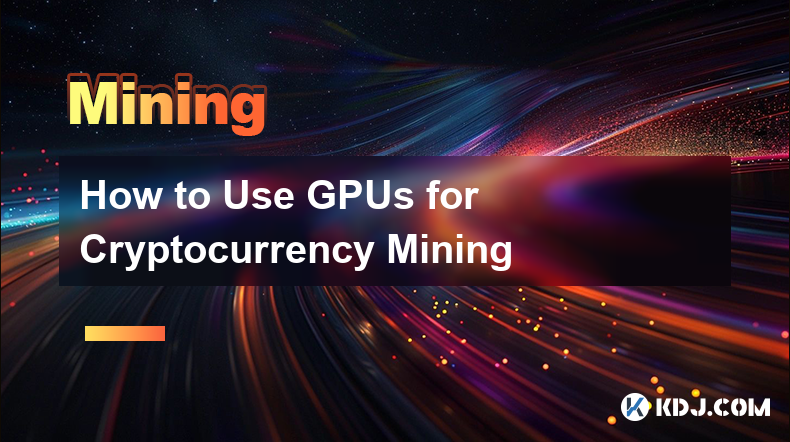
Understanding GPU Mining
Cryptocurrency mining involves verifying and adding transactions to a blockchain. This process requires significant computational power, and GPUs (Graphics Processing Units) are particularly well-suited for this task due to their parallel processing capabilities. CPUs can mine, but GPUs offer a significant speed advantage, especially for algorithms that benefit from parallel processing, making them more profitable for many cryptocurrencies. However, not all cryptocurrencies are GPU-mineable; some require specialized ASIC (Application-Specific Integrated Circuit) hardware.
Choosing the Right GPU for Mining
Selecting the appropriate GPU depends on several factors. Hashrate is crucial; a higher hashrate means more mining power and potentially higher earnings. Power consumption is another key consideration; a high-hashrate GPU that consumes excessive power might not be profitable due to increased electricity costs. Memory is also important, especially for memory-intensive algorithms. Finally, consider the price of the GPU and its availability in the market. Research current GPU benchmarks and profitability calculators before purchasing.
Setting Up Your Mining Rig
Building a mining rig involves several steps. First, you need to acquire the necessary hardware: GPUs, a motherboard, a power supply (PSU) capable of handling the GPUs' power draw, RAM, and storage. You'll also need a suitable case to house all components and potentially additional cooling solutions like fans or a liquid cooling system to manage heat dissipation, crucial for maintaining GPU performance and longevity.
- Choose a motherboard with enough PCIe slots for your GPUs.
- Select a powerful PSU that can handle the total power draw of all components.
- Install the GPUs into the PCIe slots on the motherboard.
- Connect all components, including power cables, and ensure proper airflow.
- Install an operating system (like Windows or Linux) optimized for mining.
Selecting Mining Software
Once your rig is assembled, you need mining software. Popular options include NiceHash, which allows you to mine various cryptocurrencies and sell your hashing power, and others that support specific algorithms. The choice depends on your preferred cryptocurrency and mining pool.
- Download and install the chosen mining software.
- Configure the software with your wallet address and mining pool settings.
- Start the mining process and monitor your hashrate and earnings.
Joining a Mining Pool
Mining pools combine the hashing power of multiple miners, increasing the chances of successfully mining a block and earning rewards. Pools typically distribute rewards proportionally to each miner's contribution. Choosing a reputable pool with low fees is crucial for maximizing profitability. Research different pools and compare their fees, payout methods, and server stability.
Monitoring Your Mining Operation
Regularly monitor your mining rig's performance. Track your hashrate, power consumption, temperature, and earnings. This helps identify potential issues early on, such as overheating or hardware failures, which can impact your mining efficiency and profitability. Use monitoring software to track these metrics and adjust settings as needed.
Understanding Mining Profitability
Mining profitability is dynamic and depends on several factors: the cryptocurrency's price, the difficulty of mining, your hardware's hashrate, electricity costs, and pool fees. Use online mining calculators to estimate your potential earnings based on these variables. Remember that profitability can fluctuate significantly, and it's essential to stay informed about market trends.
Troubleshooting Common Issues
GPU mining can encounter various issues. Overheating is a common problem, often requiring better cooling solutions. Driver issues can also affect performance; ensure your drivers are up-to-date. Hashrate drops might indicate hardware problems or mining pool issues. Regularly check your hardware and software for any errors and address them promptly.
Security Considerations
Security is paramount in cryptocurrency mining. Protect your wallet with strong passwords and consider using hardware wallets for added security. Be wary of malware and phishing scams that target miners. Regularly update your software and keep your system secure to prevent unauthorized access and potential losses.
Frequently Asked Questions
Q: What cryptocurrencies are best for GPU mining?
A: The best cryptocurrencies for GPU mining change frequently due to algorithm updates and mining difficulty adjustments. Research current profitability and choose accordingly. Ethereum (before the merge), Ravencoin, and Ergo are examples of past GPU-mineable coins, but always check current options.
Q: How much does it cost to set up a GPU mining rig?
A: The cost varies greatly depending on the number and type of GPUs, the motherboard, PSU, and other components. Expect significant upfront investment.
Q: Is GPU mining profitable?
A: Profitability is highly dependent on various factors, including electricity costs, hardware costs, cryptocurrency prices, and mining difficulty. It's crucial to conduct thorough research and use profitability calculators to assess potential returns. It's not always guaranteed to be profitable.
Q: What are the risks associated with GPU mining?
A: Risks include hardware failure, fluctuating cryptocurrency prices, high electricity costs, and the potential for scams. Proper research, risk management, and understanding of the market are crucial.
Q: Can I mine cryptocurrency on my gaming PC?
A: You can, but it will likely share resources with your gaming tasks, impacting performance. Dedicated mining rigs are generally more efficient. Also, the heat generated might damage your gaming components if not managed properly.
Q: How much electricity does GPU mining consume?
A: Power consumption varies greatly depending on the GPUs used. High-end GPUs consume significantly more power than lower-end ones. It's crucial to calculate your electricity costs before starting to mine.
Q: How long does it take to mine a cryptocurrency?
A: The time to mine a cryptocurrency depends on the mining difficulty, your hardware's hashrate, and the chosen cryptocurrency's block reward. It can range from minutes to hours, even days.
Q: What happens if my GPU fails during mining?
A: GPU failure can lead to lost mining revenue and potential data loss. Regular monitoring, proper cooling, and backups are essential to mitigate these risks. You may lose your investment in the GPU.
Disclaimer:info@kdj.com
The information provided is not trading advice. kdj.com does not assume any responsibility for any investments made based on the information provided in this article. Cryptocurrencies are highly volatile and it is highly recommended that you invest with caution after thorough research!
If you believe that the content used on this website infringes your copyright, please contact us immediately (info@kdj.com) and we will delete it promptly.
- "Cardano (ADA) Price Could Dip Below $0.60, Following Previous Market Cycle"
- 2025-04-09 05:10:12
- BONK, the well-known meme coin, has risen over 35% in the last week, attracting meme coin investors in the market. So, what caused this rally?
- 2025-04-09 05:10:12
- Bitcoin (BTC) Investors May Not Exactly Feel It, but BTC Has Been a Relatively Good Bet
- 2025-04-09 05:05:12
- Donald's Bitcoin (DONBTC) Could Turn Early Investors into Multi-Millionaires, Like Shiba Inu (SHIB) and Dogecoin (DOGE) Did
- 2025-04-09 05:05:12
- 6 Upcoming Kraken Listings That Could Be the Next Big Thing in Crypto
- 2025-04-09 05:00:13
- COTI Unveils New Privacy-Focused Blockchain to Reshape Web3 Transactions
- 2025-04-09 05:00:13
Related knowledge
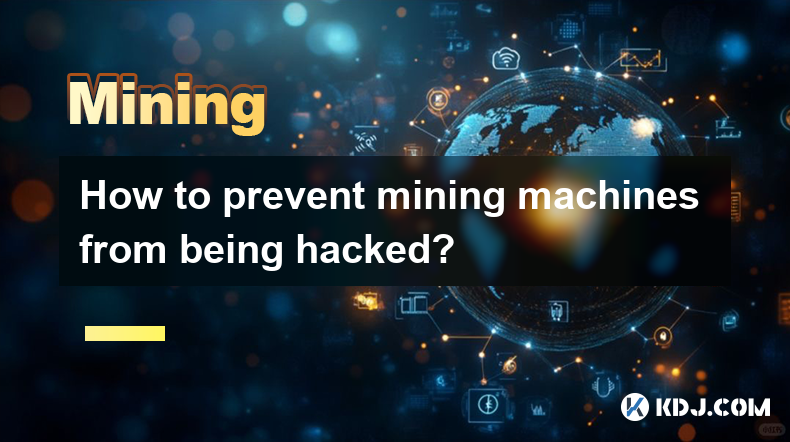
How to prevent mining machines from being hacked?
Apr 08,2025 at 09:00pm
In the world of cryptocurrency, mining machines play a crucial role in securing networks and validating transactions. However, these machines are also prime targets for hackers looking to exploit vulnerabilities for financial gain. Preventing mining machines from being hacked requires a multi-faceted approach that includes robust security measures, regu...
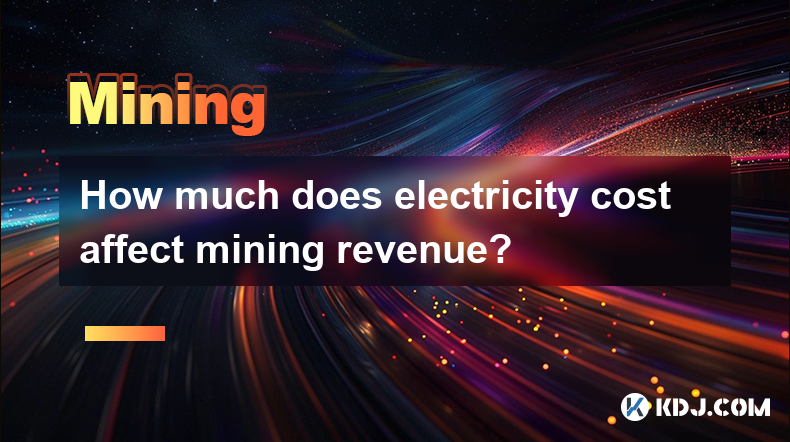
How much does electricity cost affect mining revenue?
Apr 08,2025 at 05:29pm
The cost of electricity plays a crucial role in determining the profitability of cryptocurrency mining. Mining revenue is directly impacted by the expenses incurred in running mining equipment, with electricity costs often being the most significant operational expense. Understanding how electricity costs affect mining revenue is essential for miners lo...
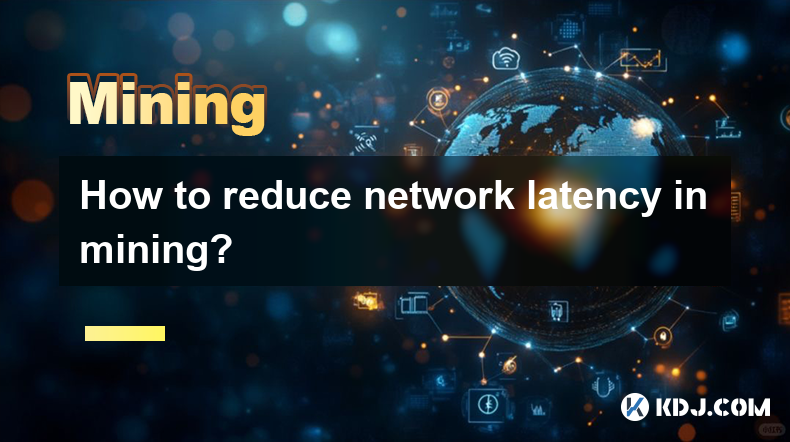
How to reduce network latency in mining?
Apr 09,2025 at 02:28am
Understanding Network Latency in MiningNetwork latency is a critical factor in the world of cryptocurrency mining. It refers to the time it takes for data to travel from its source to its destination across a network. In mining, lower latency can mean the difference between successfully adding a block to the blockchain and missing out on the reward. Red...

What is hashrate fluctuation?
Apr 08,2025 at 08:08pm
Hashrate fluctuation refers to the changes in the total computational power used by miners to process transactions and secure the blockchain network. This metric is crucial in the cryptocurrency world, particularly for networks like Bitcoin, Ethereum, and others that rely on proof-of-work (PoW) consensus mechanisms. Understanding hashrate fluctuation is...

Why does mining require a full node?
Apr 08,2025 at 06:49pm
Mining in the cryptocurrency world is a complex process that involves verifying transactions and adding them to the blockchain. One of the key components required for mining is a full node. But why is a full node necessary for mining? Let's delve into the reasons and explore the intricacies of this requirement. What is a Full Node?A full node is a progr...
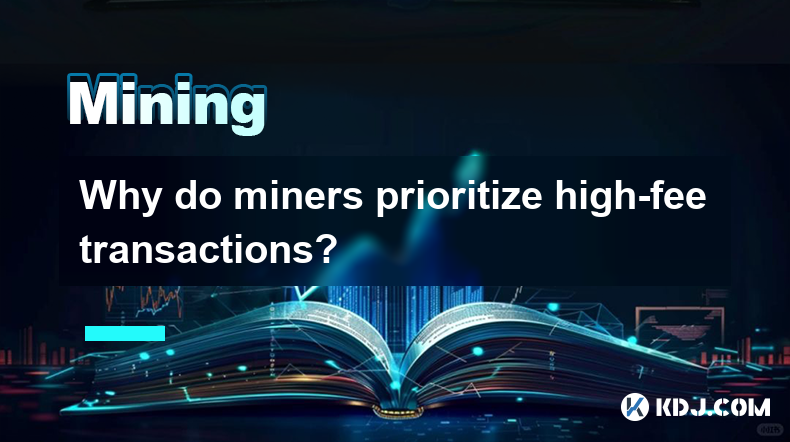
Why do miners prioritize high-fee transactions?
Apr 08,2025 at 05:01pm
Miners in the cryptocurrency ecosystem, particularly in networks like Bitcoin, play a crucial role in validating and adding transactions to the blockchain. One of the key factors that influence their decision-making process is the transaction fee associated with each transaction. Miners prioritize high-fee transactions primarily because these fees direc...

How to prevent mining machines from being hacked?
Apr 08,2025 at 09:00pm
In the world of cryptocurrency, mining machines play a crucial role in securing networks and validating transactions. However, these machines are also prime targets for hackers looking to exploit vulnerabilities for financial gain. Preventing mining machines from being hacked requires a multi-faceted approach that includes robust security measures, regu...

How much does electricity cost affect mining revenue?
Apr 08,2025 at 05:29pm
The cost of electricity plays a crucial role in determining the profitability of cryptocurrency mining. Mining revenue is directly impacted by the expenses incurred in running mining equipment, with electricity costs often being the most significant operational expense. Understanding how electricity costs affect mining revenue is essential for miners lo...

How to reduce network latency in mining?
Apr 09,2025 at 02:28am
Understanding Network Latency in MiningNetwork latency is a critical factor in the world of cryptocurrency mining. It refers to the time it takes for data to travel from its source to its destination across a network. In mining, lower latency can mean the difference between successfully adding a block to the blockchain and missing out on the reward. Red...

What is hashrate fluctuation?
Apr 08,2025 at 08:08pm
Hashrate fluctuation refers to the changes in the total computational power used by miners to process transactions and secure the blockchain network. This metric is crucial in the cryptocurrency world, particularly for networks like Bitcoin, Ethereum, and others that rely on proof-of-work (PoW) consensus mechanisms. Understanding hashrate fluctuation is...

Why does mining require a full node?
Apr 08,2025 at 06:49pm
Mining in the cryptocurrency world is a complex process that involves verifying transactions and adding them to the blockchain. One of the key components required for mining is a full node. But why is a full node necessary for mining? Let's delve into the reasons and explore the intricacies of this requirement. What is a Full Node?A full node is a progr...

Why do miners prioritize high-fee transactions?
Apr 08,2025 at 05:01pm
Miners in the cryptocurrency ecosystem, particularly in networks like Bitcoin, play a crucial role in validating and adding transactions to the blockchain. One of the key factors that influence their decision-making process is the transaction fee associated with each transaction. Miners prioritize high-fee transactions primarily because these fees direc...
See all articles






















































































